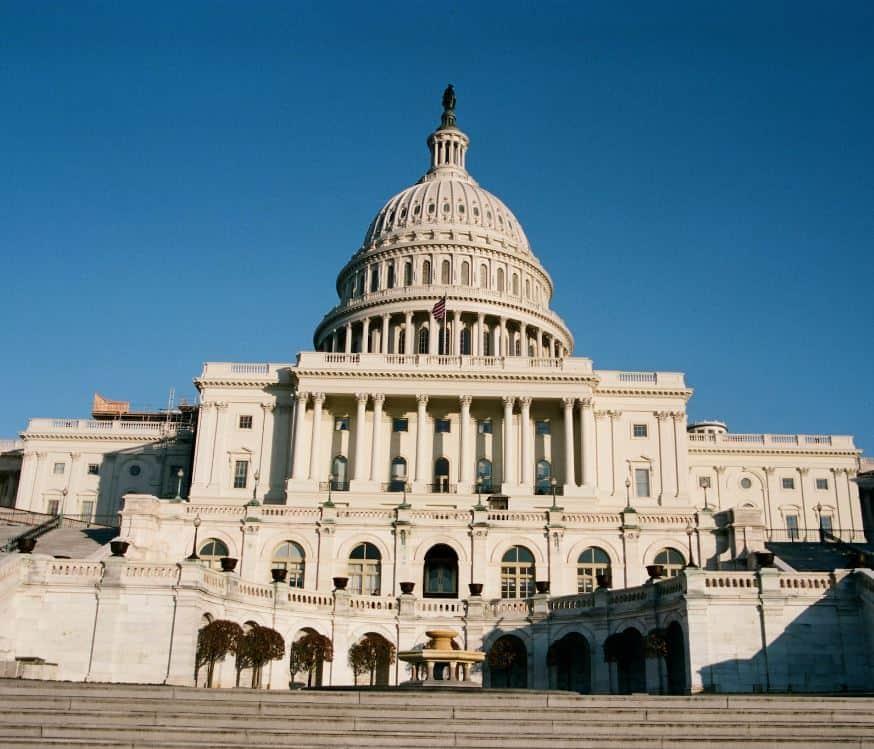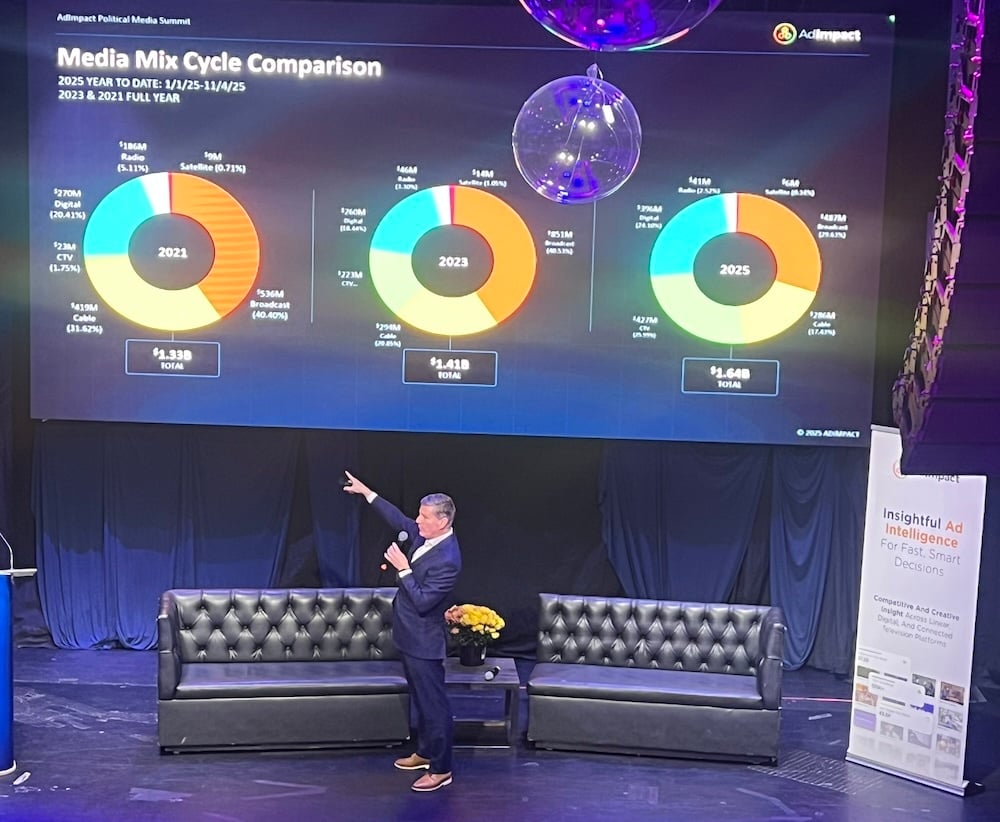Written by Steve Dimino
Every single United States Senator seeking re-election in 2022 was successful in their endeavor. Of the 35 Senate seats up for election two years ago, 29 had an incumbent on the ballot. We tracked $978M spent on advertising across those general elections. Senate contests in Alabama, North Carolina, Ohio, Pennsylvania, and Vermont were the only 2022 Senate elections in which an incumbent did not run. Those general elections saw a total of $584M. Between the 2018 and 2020 Senate races, ten candidates successfully defeated an incumbent in the general election.
Defeating an incumbent is typically a Herculean task, in both campaigning and political advertising. Voters are typically more hesitant to select a new candidate as opposed to one with high name recognition. Political advertising plays a crucial role in bolstering challengers’ policy positions and candidacy. Eight of the ten most expensive Senate elections on record featured a challenger against an incumbent.

The incumbent received a majority of ad support in five of the nine most expensive Senate elections in which the incumbent was defeated between 2018 and 2020. Challengers Jon Ossoff, John Hickenlooper, Mike Braun, Kevin Cramer, and Tommy Tuberville each saw less ad support than their incumbent competitors, yet managed to win their elections. Conversely, Mark Kelly, Rick Scott, Josh Hawley, and Jacky Rosen all saw more ad support than their incumbent competitors and won.
In each of the contests above, the Senate winner aligned with the state’s 2020 Presidential vote. Arizona, Wisconsin, Michigan, Georgia, and Pennsylvania all flipped blue during the 2020 Presidential election. In Arizona, Mark Kelly (D) defeated incumbent Martha McSally (R), while Jon Ossoff (D) beat incumbent David Perdue (R) in Georgia. Those two Senate races were congruent with the flip in Presidential power, while the Florida, Indiana, and Missouri Senate races flipped red. Simultaneously, those three states continued to vote in favor of a Republican President.

The 2020 Georgia Senate race between Jon Ossoff and David Perdue was the most expensive Senate general election in history, with advertisers spending over $400M across the general and general runoff. Despite Ossoff seeing $11M less in ad support than Perdue, he still managed to unseat Perdue. In the 2020 South Carolina Senate Race, incumbent Lindsay Graham (R) saw $21M less in ad support than Jaime Harrison (D), but retained his seat. Like Graham, Republican incumbents Joni Ernst (IA) and Thom Tillis (NC) were outspent by Democratic advertisers but still managed to win. Ernst ($28M) and Tillis ($27M) each overcame significant disadvantages in total ad support. Meanwhile, Democratic incumbents Warnock (GA) and Cortez-Masto (NV) received more ad support than their challengers and retained their Senate seats. Warnock saw over twice the ad support than Herschel Walker (R). The general election extended into a runoff, where Warnock eventually won by 2.8%.
This year, 33 Senate seats are up for regular election and two special elections are scheduled. As of today, each of the top five most expensive 2024 Senate races includes a Democratic incumbent facing a Republican challenger. In general election spending and future reservations, incumbents Sherrod Brown (OH), Jon Tester (MT), Bob Casey (PA), Tammy Baldwin (WI), and Jacky Rosen (NV) all currently have an ad support advantage over Republican advertisers. Interested in more analysis on past elections? Check out our blog comparing incumbent party Presidential ad spending in 2020 compared to 2024 here.










